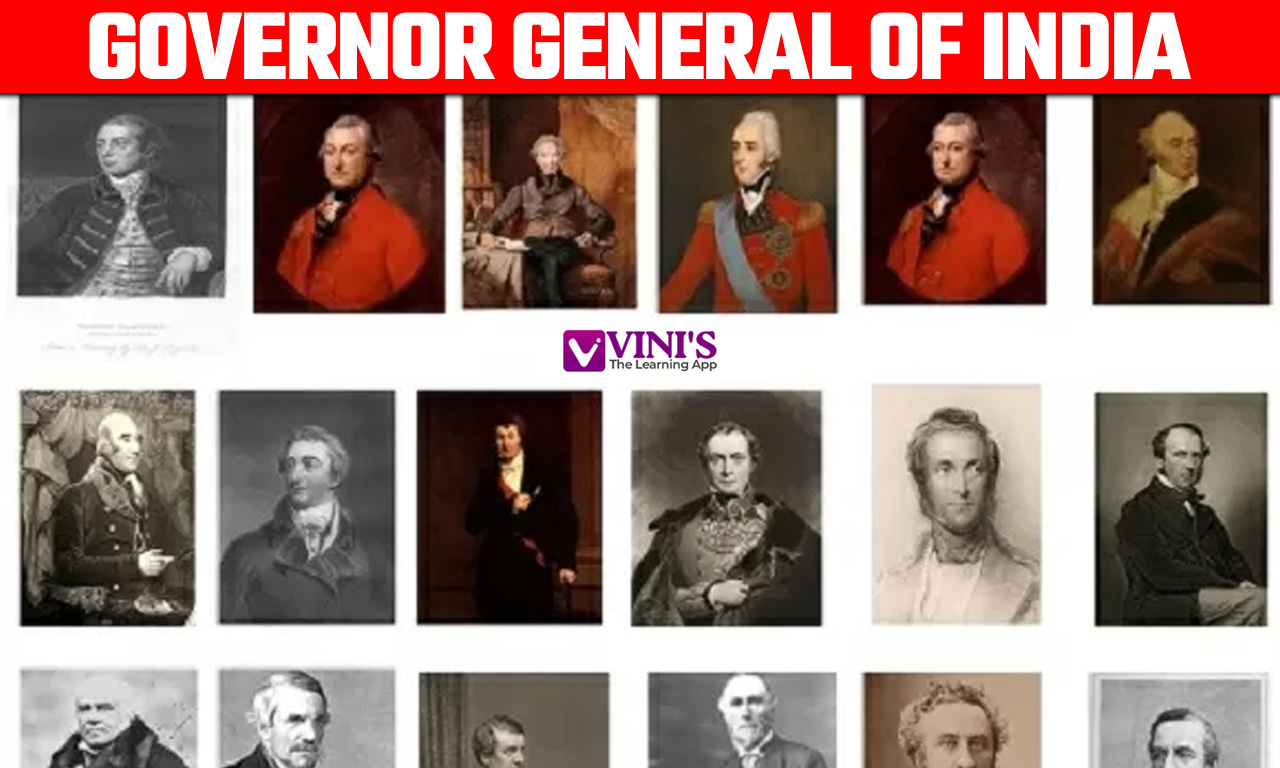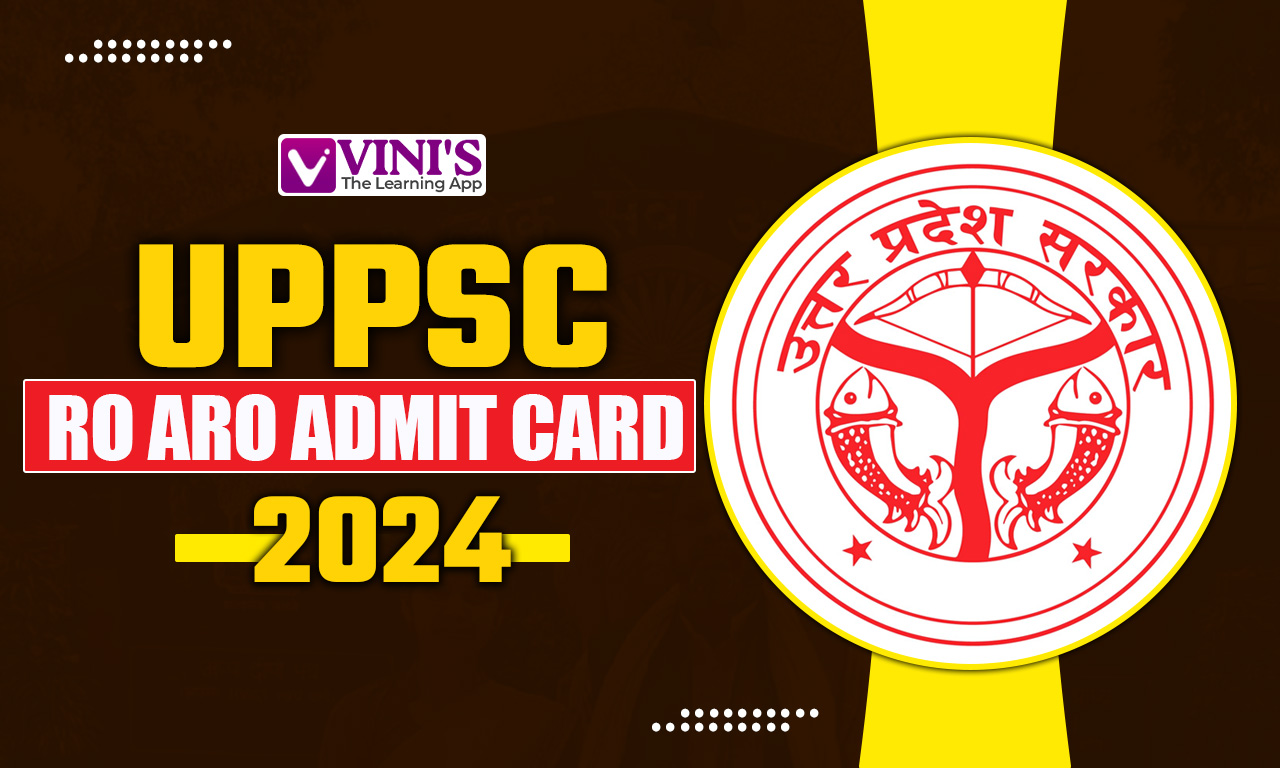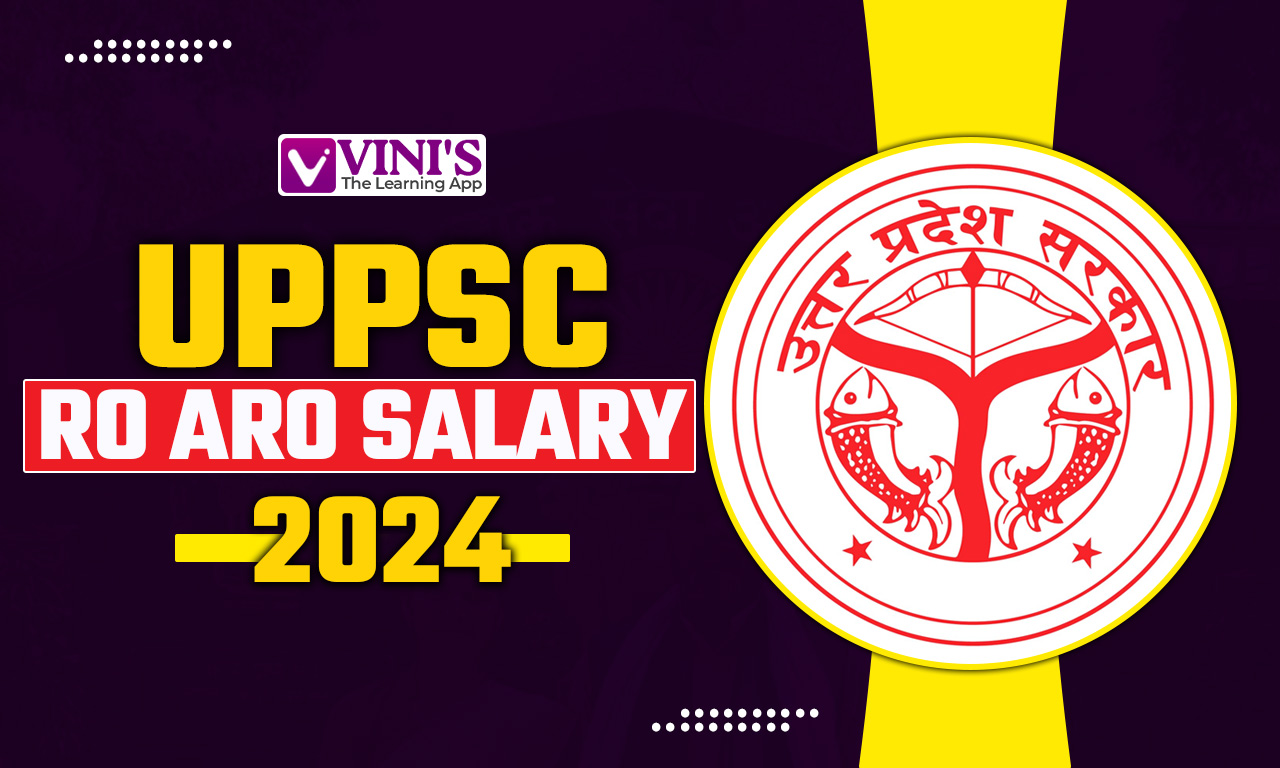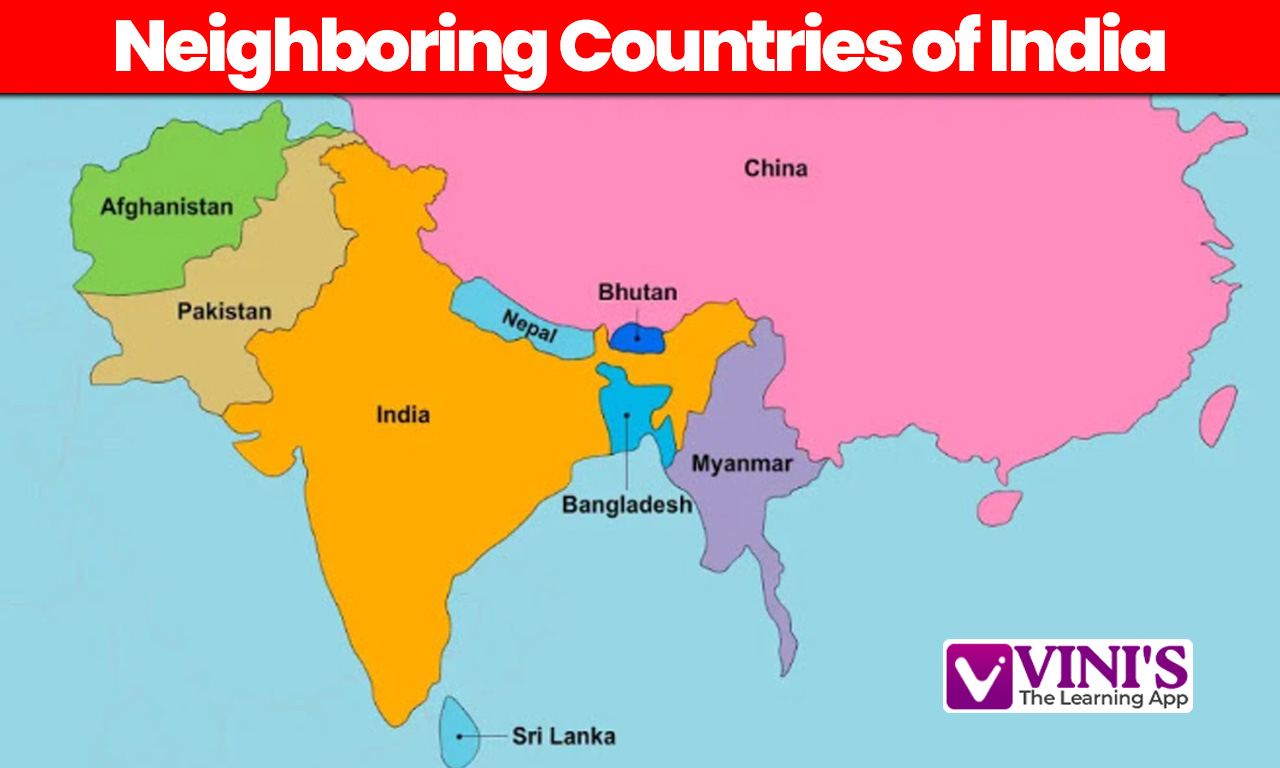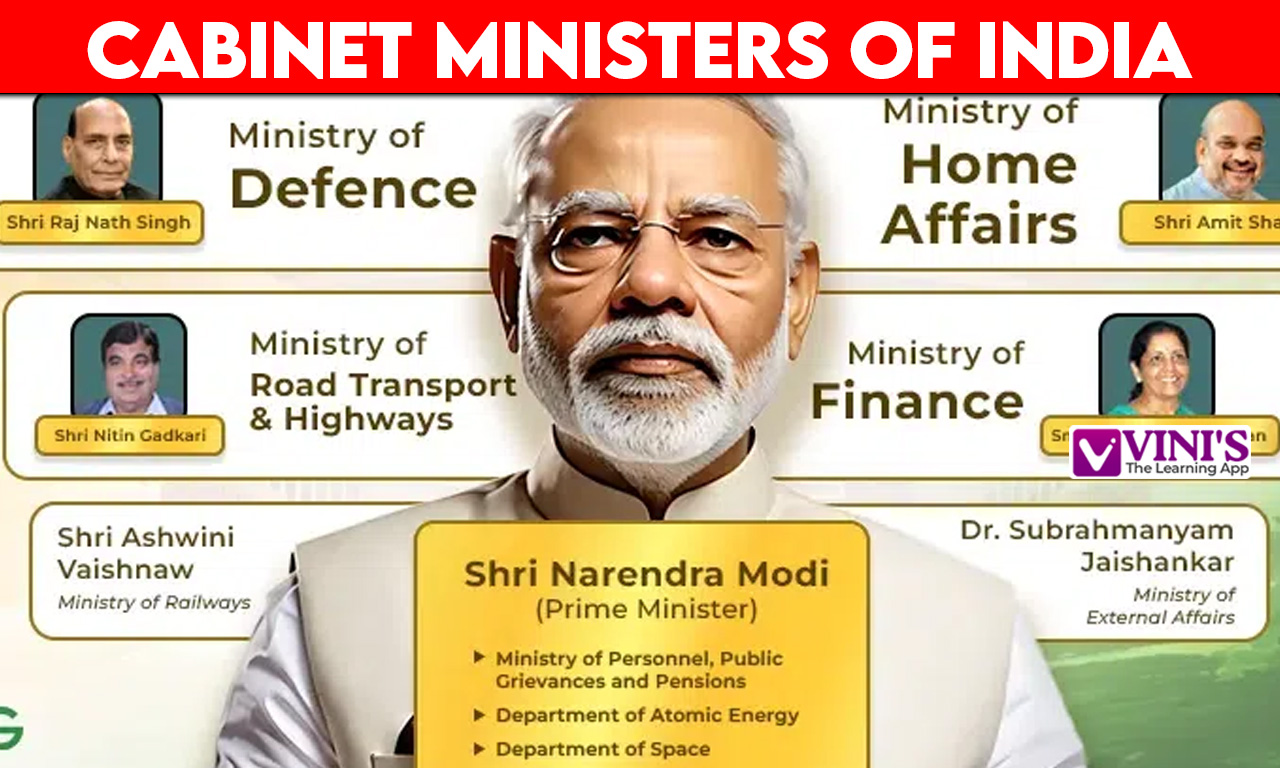Governor General of India:- Warren Hastings was the first Governor-General of Bengal, serving from 1772 to 1785. As an English statesman and leader of the Supreme Council of Bengal, Hastings played a crucial role in shaping the governance of the region. He abolished the Dual Government system by implementing the Regulating Act of 1773. Additionally, Hastings was instrumental in promoting education and cultural studies, founding the Calcutta Madrasa to advance Islamic studies and co-founding the Asiatic Society of Bengal with William Jones in 1781 and 1784, respectively. He was also elected as a fellow of the Royal Society in 1801. Check out the Governor General of India list from the below article.
Table of Contents
ToggleList of Governor General of India
The Charter Act of 1833 redefined the position, making the Governor-General of Bengal the Governor-General of British India. William Bentinck became the first to hold this title. A list of various Viceroys and Governor General of India, along with the major reforms they introduced, is provided below for further information.
Governor General of India: Bengal
- Robert Clive (1754–1767)
Robert Clive was the first British Governor of the Bengal Presidency, serving two terms from 1757 to 1760 and again from 1765 to 1767. He arrived in India in 1744 as a factor for the East India Company and gained significant fame for his role in the Siege of Arcot. Clive’s leadership during the Battle of Plassey (1757) and the Battle of Buxar (1764) played crucial roles in establishing British control over Bengal and subsequently much of India. - Warren Hastings (1773–1785)
Warren Hastings served as the first Governor-General of Bengal under the Regulating Act of 1773, which formalized British governance in the region. His tenure included major legal reforms, such as the Act of 1781, which clarified the jurisdiction between the Governor-General-in-Council and the Supreme Court in Calcutta. Hastings led British forces during the Rohilla War (1774), the First Maratha War (1775–82), and the Second Mysore War (1780–84). His contentious relationship with Chait Singh, the Maharaja of Banaras, ultimately led to his impeachment in England. Additionally, Hastings co-founded the Asiatic Society of Bengal in 1784. - Lord Cornwallis (1786–1793)
Lord Cornwallis is renowned for his significant administrative and judicial reforms. The Cornwallis Code (1793) introduced a separation of revenue administration from the judiciary and implemented the Permanent Settlement of Bengal in the same year, which fixed land revenue assessments. His Europeanization of the administrative machinery set the groundwork for the establishment of civil services in India. Cornwallis also led the Third Mysore War (1790–92), culminating in the Treaty of Seringapatam (1792). - Sir John Shore (1793–1798)
Sir John Shore’s tenure was characterized by relative peace and consolidation of British power. The Charter Act of 1793 was enacted during his administration, reaffirming the powers of the East India Company. Notably, he oversaw the Battle of Kharda (1795), fought between the Nizam of Hyderabad and the Marathas.
Governors General of India
- Lord Wellesley (1798–1805)
Lord Wellesley is known for introducing the Subsidiary Alliance System, which aimed to make Indian princely states dependent on British power. His administration oversaw the Fourth Mysore War (1799), the Second Maratha War (1803–1805), and territorial expansion into regions like Tanjore, Surat, and Carnatic. The Treaty of Bassein (1802) further solidified British control. - Sir George Barlow (1805–1807)
Sir George Barlow’s brief tenure included the Vellore Mutiny of 1806, an early sign of discontent against British rule. Barlow’s focus was on maintaining stability after Lord Wellesley’s aggressive policies. - Lord Minto I (1807–1813)
During Lord Minto’s administration, the Treaty of Amritsar (1809) was signed with Maharaja Ranjit Singh, establishing peaceful relations between the British and the Sikh Empire. - Lord Hastings (1813–1823)
Lord Hastings’ tenure included significant military conflicts such as the Anglo-Nepal War (1814–1816), leading to the Treaty of Sagauli. The Third Maratha War (1817–1819) resulted in the dissolution of the Maratha Confederacy and the establishment of the Bombay Presidency. Hastings also dealt with the Pindari raids and signed treaties with various Indian states. - Lord Amherst (1823–1828)
Lord Amherst is known for overseeing the First Burmese War (1824–1826), which expanded British territories into Burma. His administration also marked the capture of Bharatpur in 1826. - Lord William Bentinck (1828–1835)
Lord William Bentinck, often regarded as the first Governor-General of India, enacted significant social reforms, including the abolition of Sati in 1829 and the suppression of Thuggee in 1830. The Charter Act of 1833 officially designated him as Governor-General of India. His tenure also saw educational reforms, including the introduction of English as the official language, and the annexation of Mysore, Coorg, and Central Cachar. - Lord Metcalfe (1835–1836)
As the “Liberator of the Indian Press,” Lord Metcalfe enacted a new press law that removed restrictions on the Indian press, promoting greater freedom of expression. - Lord Auckland (1836–1842)
Lord Auckland’s administration is noted for the First Anglo-Afghan War (1838–1842), a military campaign that aimed to extend British influence in Afghanistan. His tenure also coincided with the death of Maharaja Ranjit Singh in 1839, which contributed to political instability in Punjab. - Lord Ellenborough (1842–1844)
Lord Ellenborough’s tenure saw the annexation of Sindh in 1843 and military engagements such as the war with Gwalior, which further consolidated British authority in central India. - Lord Hardinge I (1844–1848)
Lord Hardinge is remembered for the First Anglo-Sikh War (1845–1846) and the Treaty of Lahore, which brought parts of Punjab under British control. His administration also focused on social reforms, including the abolition of female infanticide and human sacrifice. - Lord Dalhousie (1848–1856)
Lord Dalhousie’s tenure was marked by aggressive territorial expansion through the Doctrine of Lapse, resulting in the annexation of various states including Satara, Jhansi, Nagpur, and Awadh. His era also saw significant infrastructural developments such as the introduction of railways, telegraphs, and postal reforms, as well as the establishment of the Widow Remarriage Act in 1856. - Lord Canning (1856–1857)
Lord Canning, the last Governor General of India, established three universities in Calcutta, Madras, and Bombay in 1857. His administration was dominated by the Revolt of 1857, which led to significant changes in British governance, including the transition from Governor-General to Viceroy of India, with Canning becoming the first Viceroy of British India.
Important Facts on Governor General of India
General Facts on Governor General of India
- Title Change: The position of Governor General of India was established under the Government of India Act 1858. Before this, the title was Governor-General of Bengal.
- Authority: The Governor-General acted as the head of the British administration in India and held extensive powers over both civil and military affairs.
- Political Influence: The Governor-General had significant influence over Indian princely states and was responsible for formulating policies and implementing reforms.
- Legislative Role: The Governor-General had the authority to convene and dissolve legislative councils, thereby playing a key role in legislative affairs.
- Representation: The Governor-General represented the British Crown in India and acted as a link between the British government and the Indian administration.
Read about the national symbols of India on Vini IAS.
















